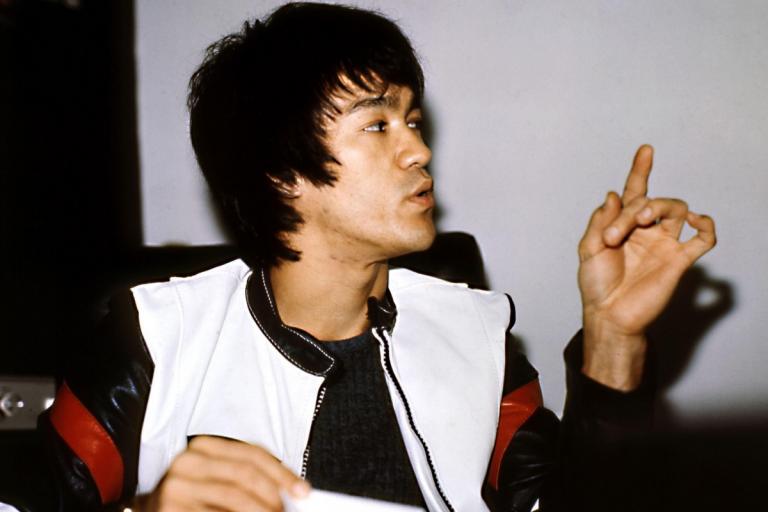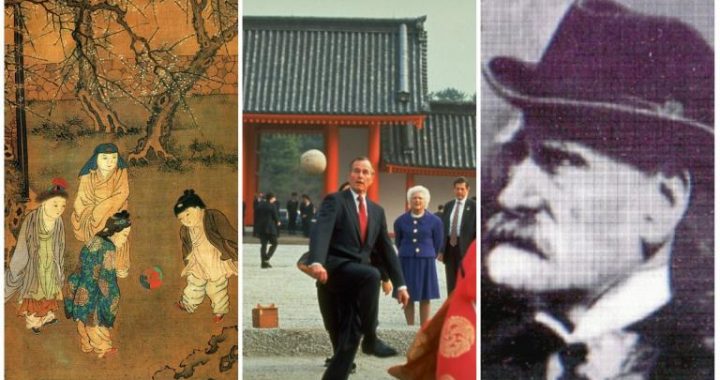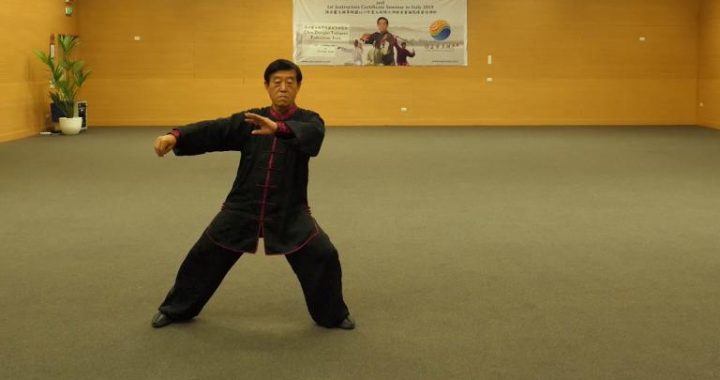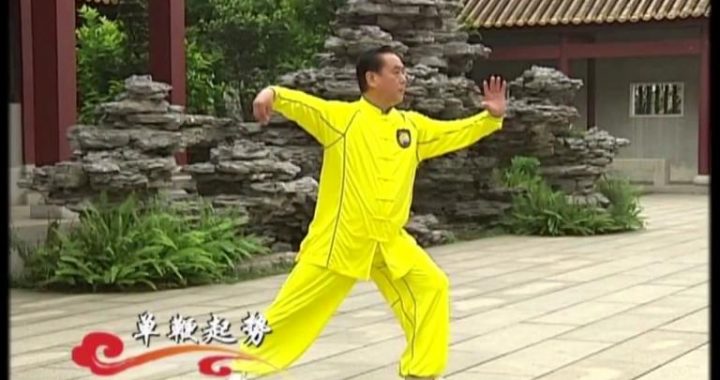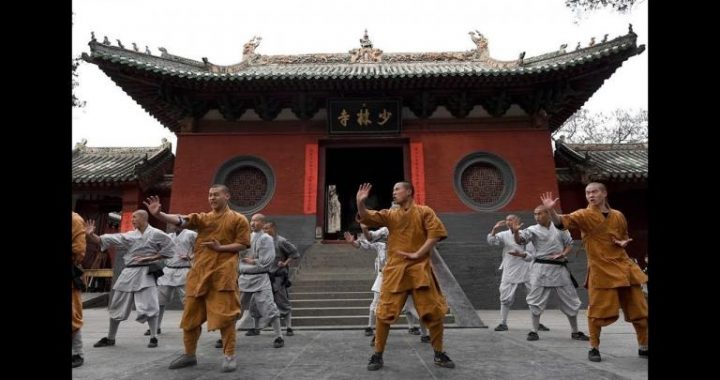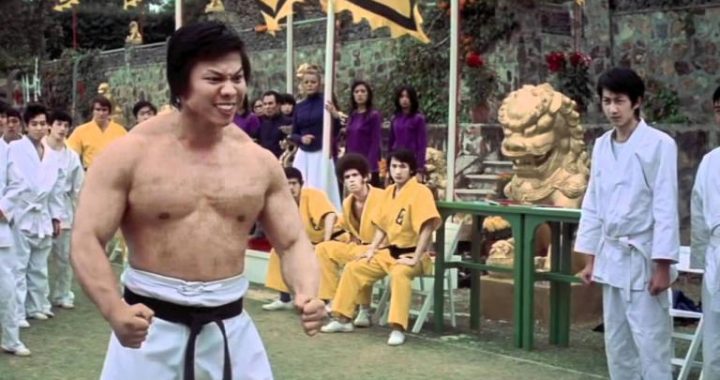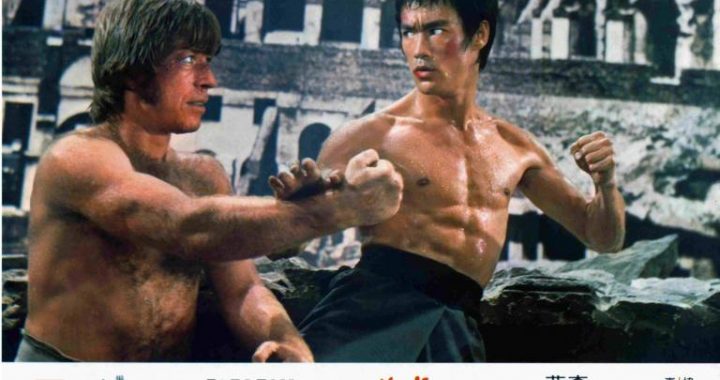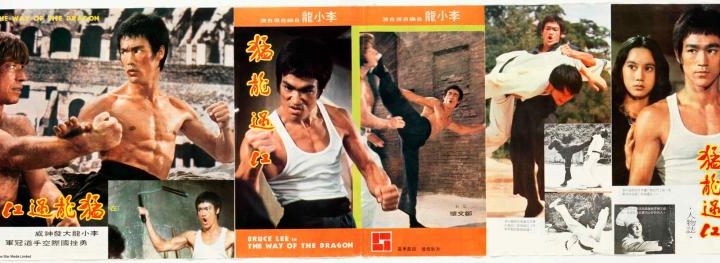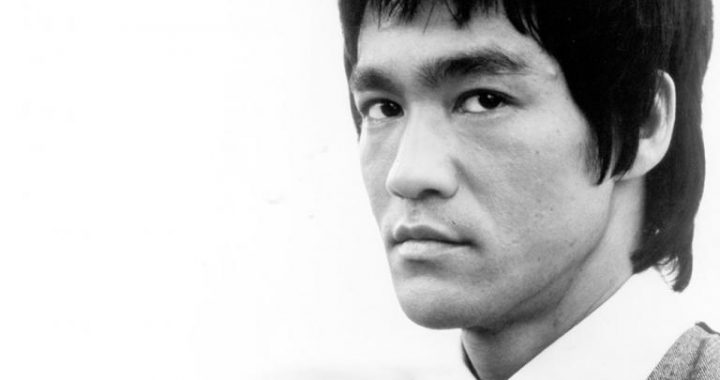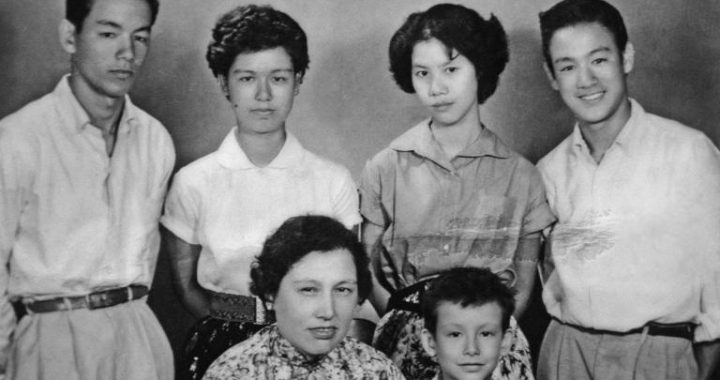Bruce Lee
2 min readAs the years have passed since Bruce Lee’s death it has become possible to see more accurately what his legacy is becoming. In redefining action films he set the stage for a new era of filmmaking. A film like Kill Bill openly acknowledges this by having its star Uma Thurman wear an iconic yellow and black track suit similar to the one Bruce wore in Game of Death, as well as lifting dialogue from Fist of Fury.
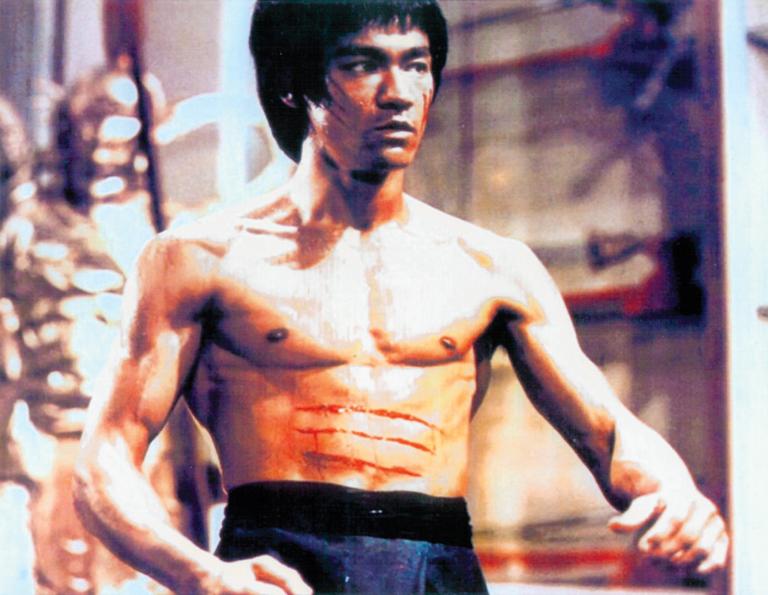
Bruce Lee was the driving force behind moving martial arts and martial sport into modern era, and the development of mixed martial arts and ‘ultimate fighting’ is a direct result of Bruce’s application of his ‘jeet kune do’ philosophy to sports karate, the introduction of full-contact fighting and the cross-pollination of styles. As an icon, Bruce Lee’s worldwide popularity continues to grow. AsianTime magazine even placed him on their list of heroes who helped Asia ‘from poverty to powerhouse’ and from ‘imitator to imitated’. His face has appeared on postage stamps throughout the world. At the time of writing there are plans for a Broadway musical about his life, a Hong Kong theme park and, as a prelude to the Beijing Olympics, plans for a 40-part TV series.
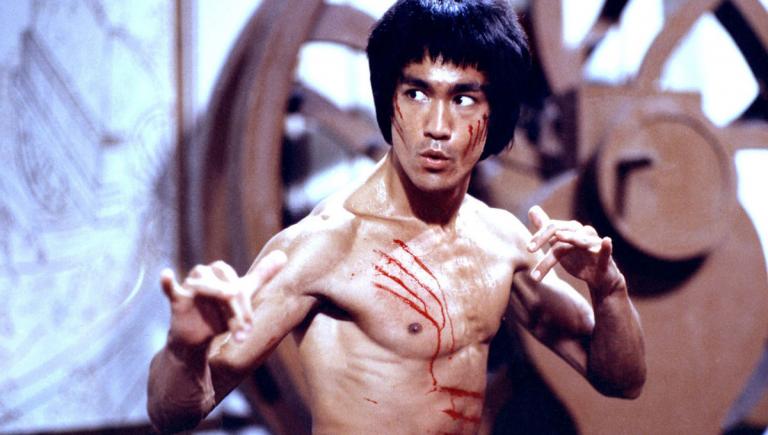
The Legend of Bruce Lee. Bruce always wanted to go beyond the limits and do it faster, longer and higher, pushing the boundaries of what is physically possible for the human body, both through the demands he made on it and via the cutting-edge training methods he employed. He also pushed the limits of his art, being the first Chinese man to reveal the secrets of the martial arts to the West. He even pushed the limits of the martial arts themselves as he rode roughshod over tradition and protocol. Not only did he break the mould of the Chinese stereotype as seen by the Western world, he remade the image of the Asian man through his films and personal life. All of this was underpinned by a philosophy, jeet kune do, which in its ultimate expression reflects the nature of the Tao itself, and so is limitless in its possibilities.
